Reading Time: 5 minutesBaitcasting rods and reels offer anglers several benefits over other types of fishing gear. They’re easily customized to suit your angling style and they’re flexible, meaning you can use them with a variety of rigs and casting techniques.
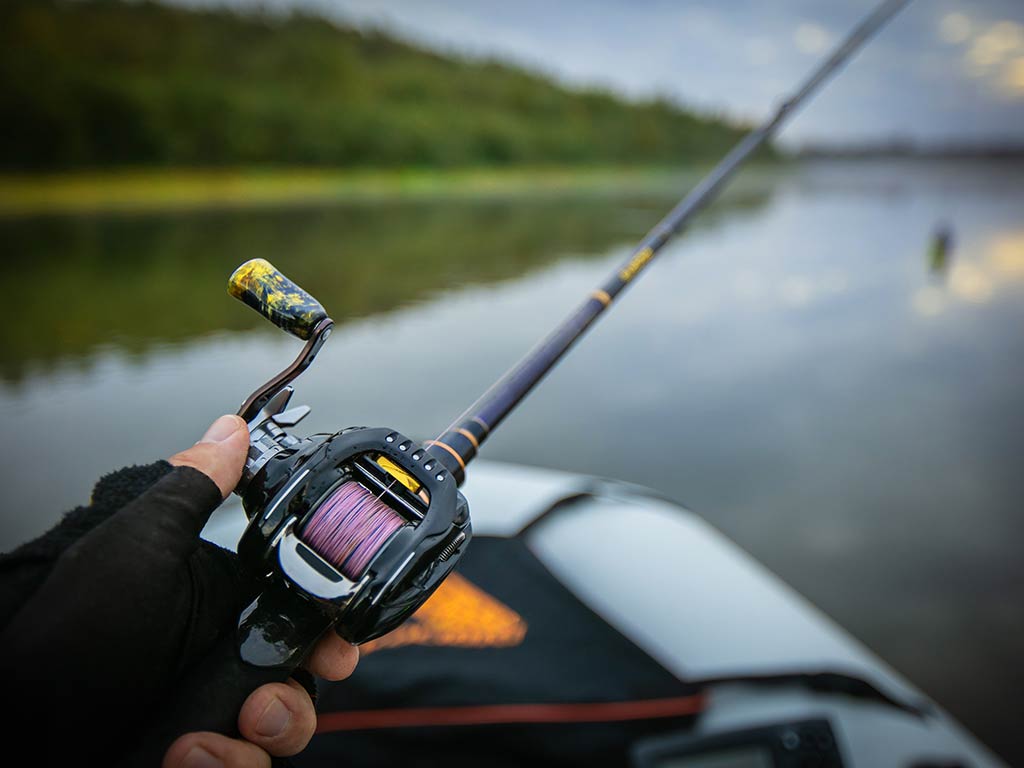
The ability to hold light and heavy lines - and to control every aspect of your cast and presentation - makes the baitcaster ideal for advanced anglers. But beginners can also quickly learn how to effectively control the reel, pitch accurate casts, and catch fish. It takes a little practice but the payoff can mean more hookups.
Follow the instructions in this article, and you’ll be quickly on your way to mastering baitcasting!
Setting Up and Managing a Baitcasting Reel
Baitcasters work with monofilament, fluorocarbon, and braided lines. I prefer braided lines because they’re easier to cast and last longer.
For mono and fluoro lines, make sure the line comes off the retail spool in the same direction as the reel spool. If done incorrectly, the memory of this line will cause severe twisting, hindering you when casting and reeling. To secure the line, feed it through the guide and around the spool. Tie an arbor knot and have someone hold the retail spool with tension while you reel to load the line. The line will bind to the spool with a few cranks and easily load as you turn the reel handle.
For braided lines, use the same arbor knot process but add a small piece of athletic tape over the knot. This backing tape allows for a smooth winding process that won’t foul. When loading the reel, make sure you have plenty of pressure on the line. A loose braid is problematic and it’s a good idea to use a line-winding jig or tool with reasonable resistance.
Learning How to Cast
Casting a baitcaster is as much about the reel as the rod itself. Starting and stopping the line while thumbing the reel is essential. After mastering the reel controls, you can learn a few different casting techniques for various situations. Remember, it’s all about control and accuracy with baitcasters.
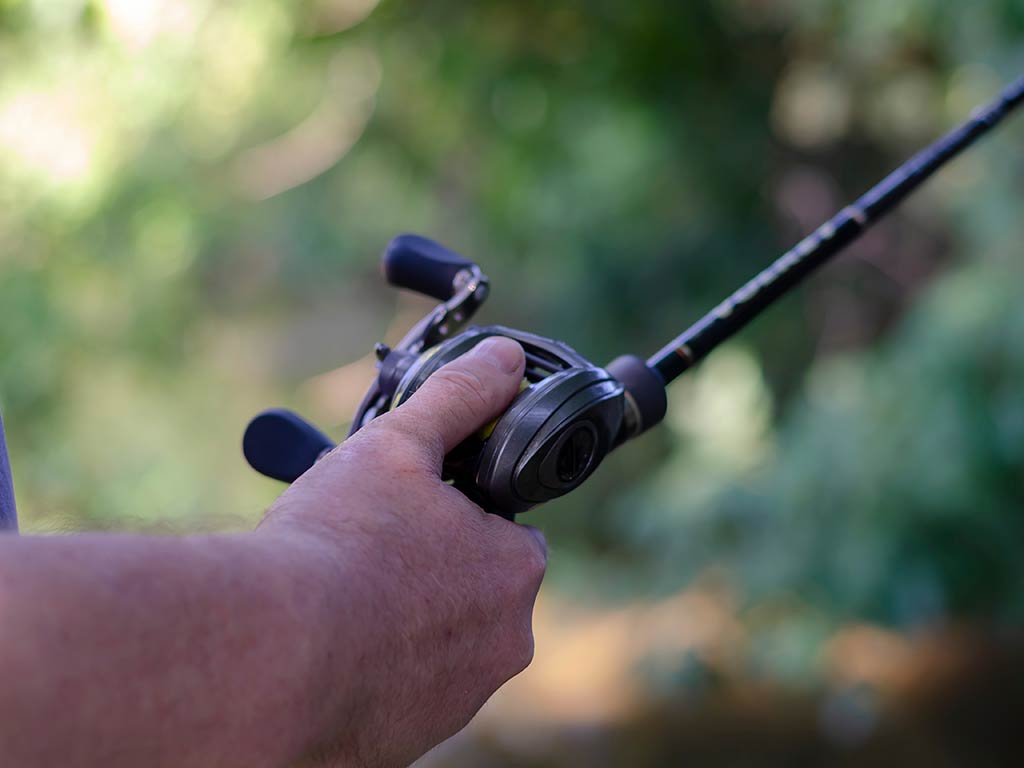
To manage the reel while casting, follow these simple steps:
- Press the thumb button and, if necessary, adjust the tension to match the weight of your lure.
- Load the rod into a casting motion with the button depressed and your thumb pressing against the spool.
- Make your cast while releasing pressure with your thumb - but feel free to keep slight pressure while feathering to control the cast.
- Begin reeling to engage the spool and enter the retrieve cycle.
Now you know that, check out the following casting styles to help you fish in a wide variety of situations…
Overhead Cast
If there’s one cast to learn, it’s the basic overhead cast. The motion is intuitive, especially for those who have fished a spinning outfit before. Make sure you have some line out so the lure can gain momentum during the motion.
Simply reach the rod straight back and come to a full stop (very briefly) then make a quick forward motion to make the cast. With the vertical rod position, it should project straight out. You can also gain good distance as this is a powerful casting motion.
Make sure to stop the rod on the forward cast shorter than you think is needed. It will condense your power stroke and project the lure in a nice arc. Practice with a hookless lure until you gain control over this cast.
Sidearm Cast
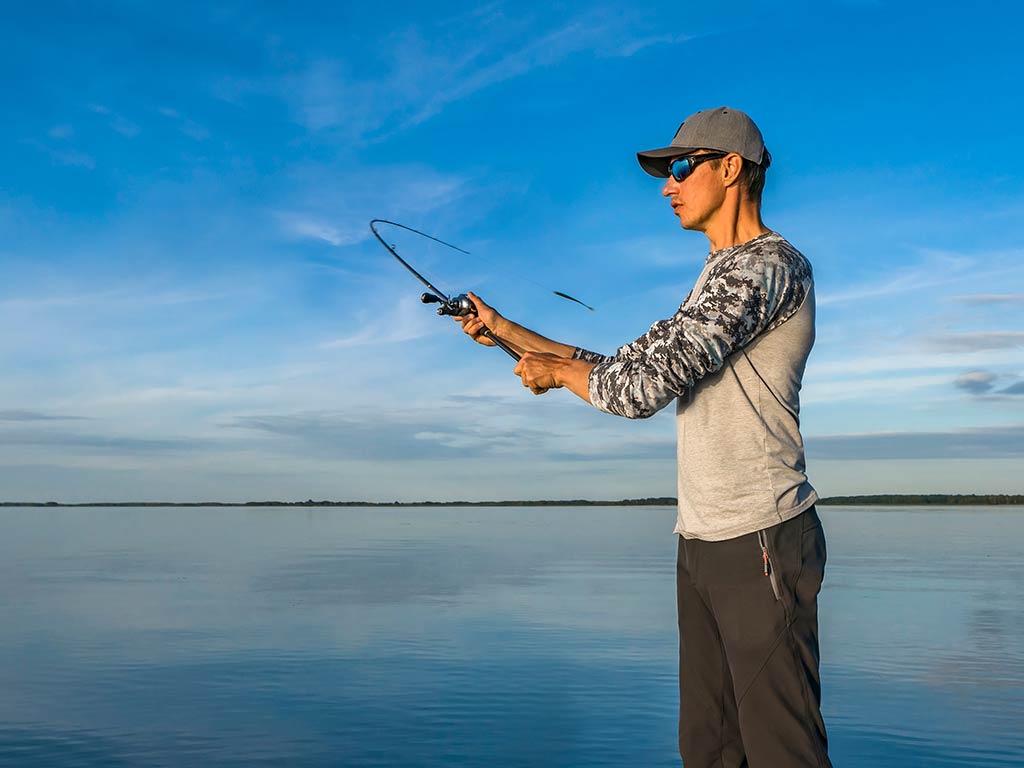
Sidearm and underhand casts have some overlap in techniques and language, but this section refers to a simple sidearm motion. It’s a smooth action with the rod held perpendicular to your body. It works great while standing or fishing from shore.
The nice thing about sidearm casts is the ability to hit consistent targets. With some practice, you can become extremely accurate. It also projects in a way that flies low and can cast under obstacles. The sidearm is my go-to casting technique because it’s the most versatile and easy to control.
Underhand Pitch
This cast is a great tool to have in your arsenal of techniques. There are actually quite a few variations of underhand pitches but they’re all ultimately used for finesse casting. When you have an obstacle like a bridge or overhanging branch to cast beneath, a gentle underhand does the trick.
For the most subtle variation on the pitch, you can simply lower the rod and swing in an outward and upward motion while releasing the line on a low point in that swing. It will project out and flat for a low flying cast. This works best in short-cast situations as you won’t generate a ton of power.
For slightly farther pitch casts, you can use more of a flip technique. For this, swing the rod up, then down, and release just after the downward motion ends. That initial swing (up then down) creates energy and your lure will flip out on the final upward motion. It sounds complicated but it’s something you can learn with an hour or two of practice.
Tips for Baitcasting Proficiency
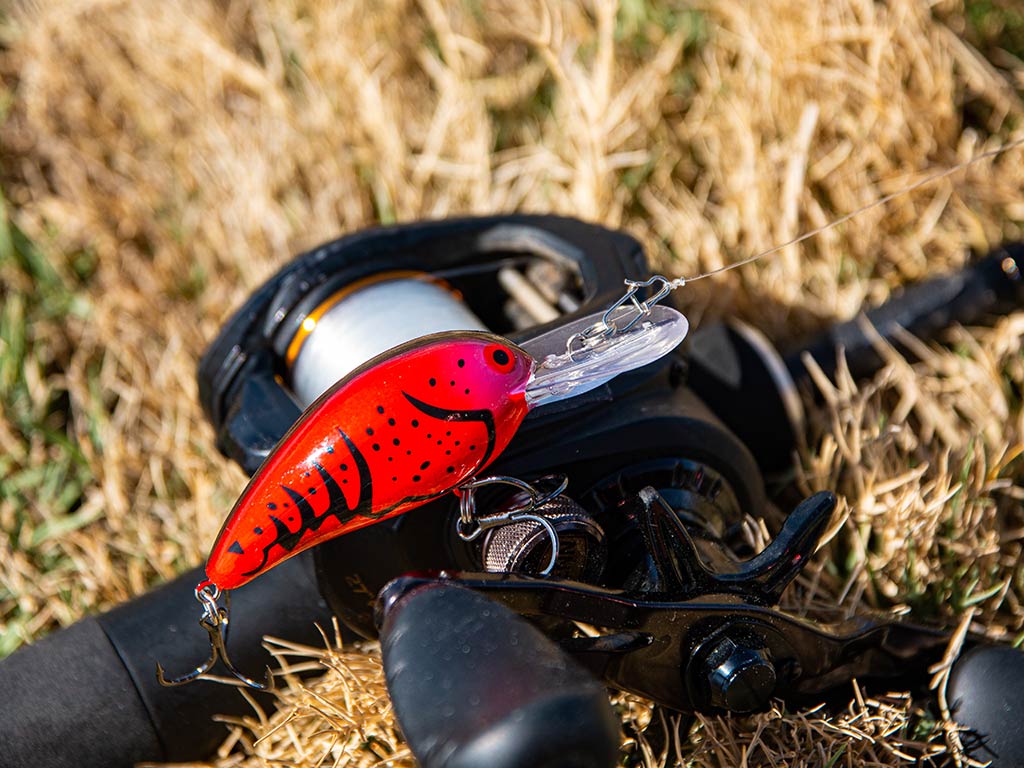
Baitcasting rods and reels are perfect for just about every type of rig. Crankbaits, jerkbaits, jigs, soft plastics, bait rigs, and anything else imaginable works well with this setup. There’s a slight learning curve and it should be clear by now that practice is very important!
You can practice on the water but it’s also nice to control the environment for accuracy. If you can access a big grassy field, place hoops on the grass at variable distances. Practice sidearm casts, pitches, and flipping into the targets until you hone the skills and learn how to feather and stop the reel.
When possible, floating hoops on a pond are also perfect for casting practice. Use lures without hooks until you gain confidence then switch to live fishing situations. You’ll be thankful for the time spent practicing. Your bank account will also be thankful as you’ll lose fewer lures!
Where will you take your baitcaster?
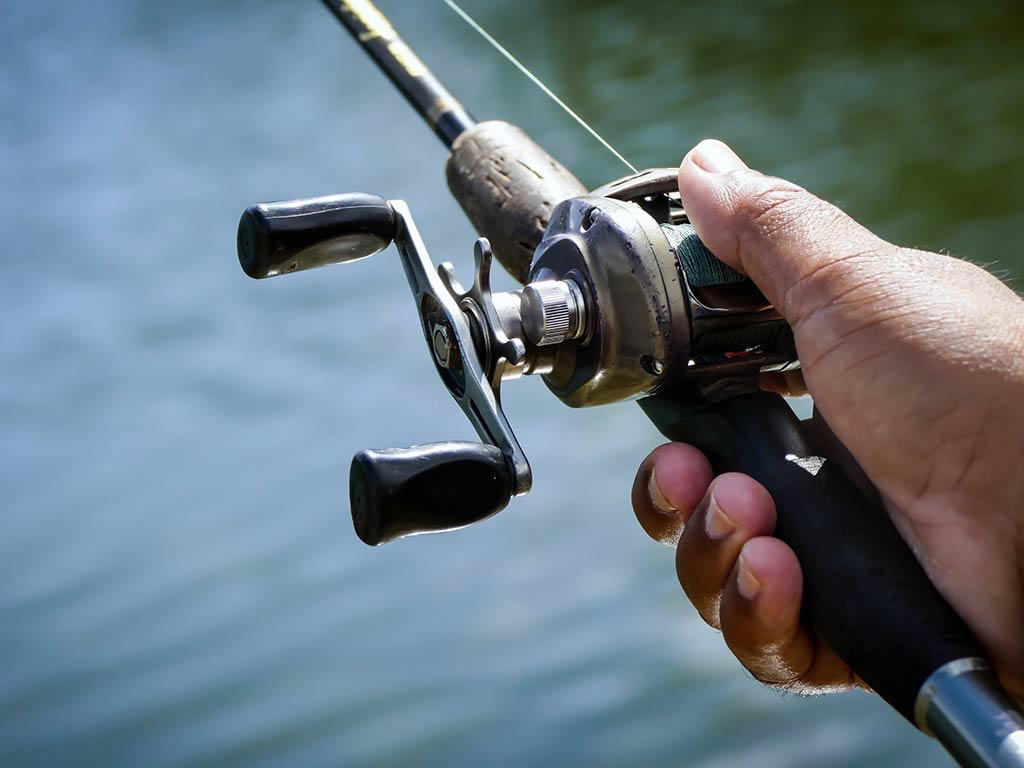
Many baitcasters target Bass but these outfits can handle a number of species in freshwater and saltwater environments. I’ve even seen one used to land a very large King Salmon in an Alaskan river! They’re especially useful on rivers and lakes with heavy structure and in saltwater estuaries with mangroves, where the flip and pitching abilities come in handy. After learning the basics, you’ll quickly become hooked on the feel and control that’s unique to baitcasting outfits. It’s time to get out there and try for yourself!
Are you new to baitcasting? We’d love to hear about your biggest challenges and achievements in the comments!
The post Baitcasting: A Beginner’s Guide for 2024 appeared first on FishingBooker Blog.
https://fishingbooker.com/blog/baitcasting/
 CampingSurvivalistHuntingFishingExploringHikingPrivacy PolicyTerms And Conditions
CampingSurvivalistHuntingFishingExploringHikingPrivacy PolicyTerms And Conditions
